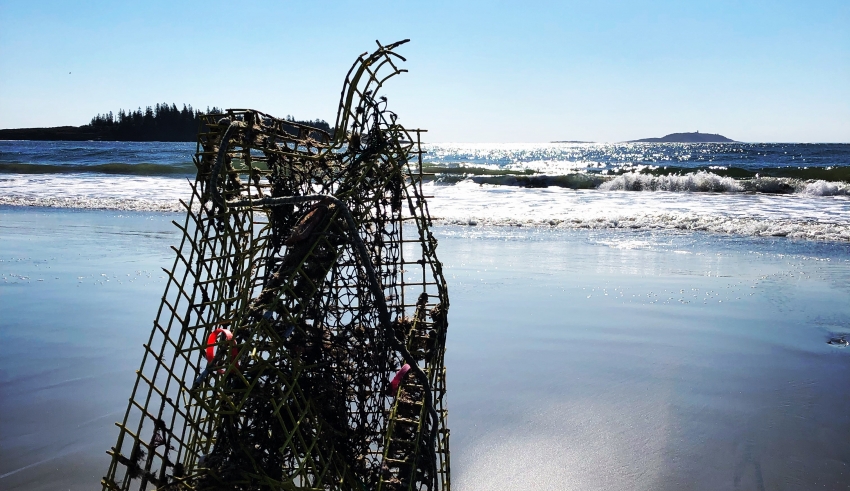
With these comments in place regarding the nature of authority in a group and its constructive as well as destructive properties, we will consider some of the more specific barriers associated with the dynamic phenomena of interpersonal need for control in a group. They are: (1) the anarchy phenomenon, (2) the competition phenomenon and (3) the indifference phenomenon.
The Anarchy Phenomenon: A high need for control among all members of a group can be precipitated by a complete absence of perceived control on the part of group. This anarchy can be found inside the group or in the environment where the group is operating. The object relations theorist and practitioners that we have already mentioned, propose that anxiety in a group or organization must be contained in some manner or it will spill out and “infect” everyone it touches.
The container might be a formal structure or a strong culture. It might also be a strong leader who takes in the anxiety, metabolizes (transforms) it and returns it as a less potent set of concerns and ways to address these concerns (Bergquist, 2020a). Members of a group long for this container, however it is provided. Under conditions of ongoing or threatened anarchy, a group is especially vulnerable to the manipulations of a charismatic leader. The group is likely to discount the authority offered by those members of the group who have been assigned a formal leadership role (“you can’t trust anyone in authority”) or are appropriate authorities because of their expertise (“I don’t believe anything they say”).
The Competition Phenomenon: A high need for control can be precipitated by high levels of perceived rivalry among group members or group factions. Something triggers our primitive desire to fight rather than flee, freeze or collaborate. A zero-sum game is introduced into the group, with there being only a winner and a loser—even if this means that ultimately everyone loses (“I might be falling off the cliff, but you are going with me!”). The competition is often expressed in ways that are indirect and not easily acknowledged.
There might be a “turf” war, with members of the group vying for airtime, committee assignments – even a position at the table. Battles can ensue. They produce harm, as well as anxiety. We often hear group members describe leaving a “nasty” meeting having been cut many times by razer-sharp micro-aggressions: they didn’t necessarily notice these cuts while they were taking place during the meeting, but they now feel them and all of the associated pain and anger. Micro-aggressions are likely to take place when contributions made by some members being ignored (“plopped”) or rapidly dismissed (“killed’). The fight for control in a group can truly be wounding and serve as a barrier to any transformation of the group into a Team.
Download Article












